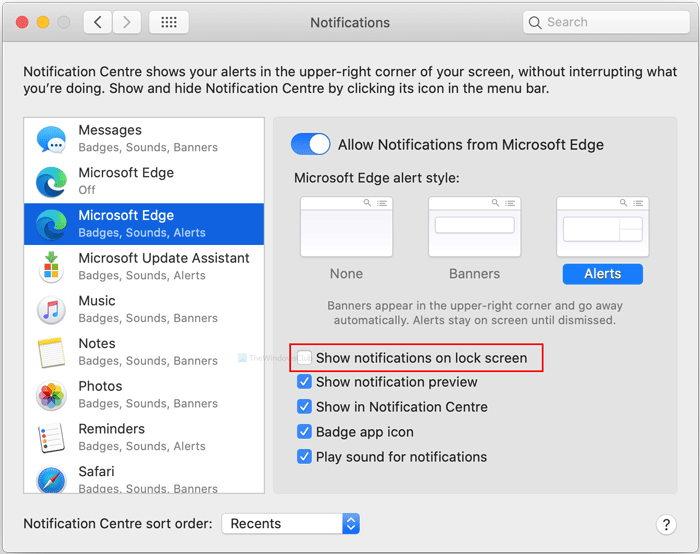Installation and Use Rights.For installation and use of the Software on any non-Windows platform, including but not limited to macOS and Linux, you may install and use one copy of the Software on any device running such non-Windows platform. Microsoft is trying to improve the update process for Edge on macOS with a new Edge-native update experience. The experience is only currently available for Edge Canary on Macs running on Intel chips.
This article describes how to configure Microsoft Edge on macOS using a property list (.plist) file. You'll learn how to create this file and then deploy it to Microsoft Intune.


For more information, see About Information Property List Files (Apple's website) and Custom payload settings.

Note
This article applies to Microsoft Edge version 77 or later.
Configure Microsoft Edge policies on macOS
The first step is to create your plist. You can create the plist file with any text editor or you can use Terminal to create the configuration profile. However, it's easier to create and edit a plist file using a tool that formats the XML code for you. Xcode is a free integrated development environment that you can get from one of the following locations:
For a list of supported policies and their preference key names, see Microsoft Edge browser policies reference. In the policy templates file, which can be downloaded from the Microsoft Edge Enterprise landing page, there's an example plist (itadminexample.plist) in the examples folder. The example file contains all supported data types that you can customize to define your policy settings.
The next step after you create the contents of your plist, is to name it using the Microsoft Edge preference domain, com.microsoft.Edge. The name is case sensitive and should not include the channel you are targeting because it applies to all Microsoft Edge channels. The plist file name must be com.microsoft.Edge.plist.
Important
Starting with build 78.0.249.2, all Microsoft Edge channels on macOS read from the com.microsoft.Edge preference domain. All prior releases read from a channel specific domain, such as com.microsoft.Edge.Dev for Dev channel.
The last step is to deploy your plist to your users' Mac devices using your preferred MDM provider, such as Microsoft Intune. For instructions see Deploy your plist.
Create a configuration profile using Terminal

In Terminal, use the following command to create a plist for Microsoft Edge on your desktop with your preferred settings:
Convert the plist from binary to plain text format:
After converting the file verify that your policy data is correct and contains the settings you want for your configuration profile.
Note
Only key value pairs should be in the contents of the plist or xml file. Prior to uploading your file into Intune remove all the <plist> and <dict> values, and xml headers from your file. The file should only contain key value pairs.
Microsoft Edge Macos Requirements
Deploy your plist
Microsoft Edge And Mac Os
For Microsoft Intune create a new device configuration profile targeting the macOS platform and select the Preference file profile type. Target com.microsoft.Edge as the preference domain name and upload your plist. For more information see Add a property list file to macOS devices using Microsoft Intune.
For Jamf upload the .plist file as a Custom Settings payload.

See also
